- About us
- Support the Gallery
- Venue hire
- Publications
- Research library
- Organisation chart
- Employment
- Contact us
- Make a booking
- Onsite programs
- Online programs
- School visit information
- Learning resources
- Little Darlings
- Professional learning
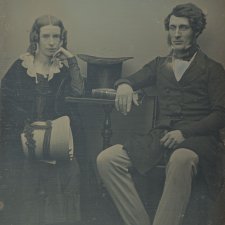
Thomas Sutcliffe Mort (1816-1878) was a merchant, shipbuilder, wool broker and pioneer of the technique of freezing meat for export.
1 portrait in the collection
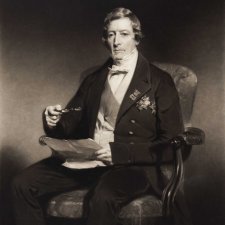
Thomas Mackdougall Brisbane (1773-1860) was born into an aristocratic Scottish family and entered the army at the age of 16.
2 portraits in the collection
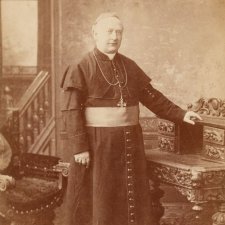
Thomas Joseph Carr (1839–1917) was the second Catholic archbishop of Melbourne, the successor to James Alipius Goold.
2 portraits in the collection

Thomas Foster Chuck (1826-1898), photographer and entrepreneur, was born in London and arrived in Victoria in 1861.
4 portraits in the collection
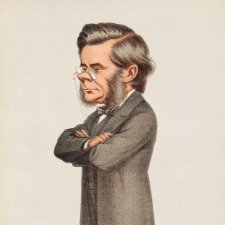
Thomas Henry Huxley (1825–1895) travelled to Australia as a member of the expedition conducted by Owen Stanley on the Rattlesnake between 1846 and 1850.
2 portraits in the collection
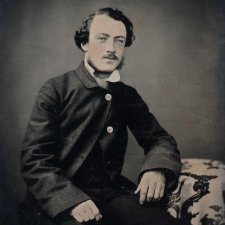
Thomas Wentworth (Tom) Wills (1836–1880), is popularly thought of as the co-inventor of Australian Rules football.
2 portraits in the collection
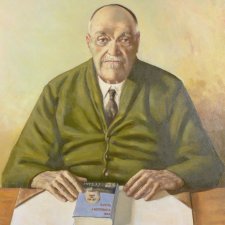
John Thomas Lang (1876–1975) served two terms as premier of New South Wales in the 1920s and 1930s.
5 portraits in the collection
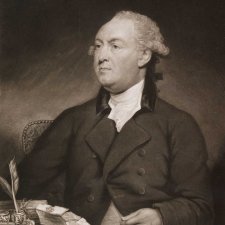
Thomas Townshend, 1st Viscount Sydney PC (1733-1800) was British Home Secretary in the Pitt Government, given responsibility for devising a plan to settle convicts at Botany Bay.
1 portrait in the collection
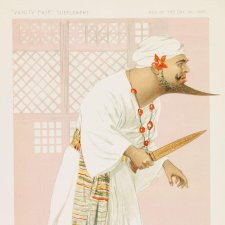
Thomas Stange Heiss Oscar Asche (1871–1936), actor, director and producer, was one of Australia’s most successful theatre exports.
2 portraits in the collection
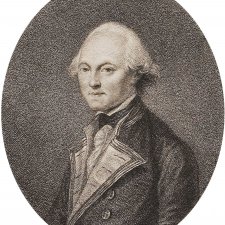
James King (c. 1750-1784), naval officer, was born in Lancashire and educated at Clitheroe Grammar School before entering the navy in 1762.
1 portrait in the collection

When John Webber R.A. (c. 1752-1793), the son of a Swiss sculptor, living in London, submitted his work to the Royal Academy Schools, one of the first to admire his paintings was Dr Daniel Solander, the Swedish naturalist who had accompanied Cook and Banks on the first voyage.
5 portraits in the collection

When John Webber R.A. (c. 1752-1793), the son of a Swiss sculptor, living in London, submitted his work to the Royal Academy Schools, one of the first to admire his paintings was Dr Daniel Solander, the Swedish naturalist who had accompanied Cook and Banks on the first voyage.
1 portrait in the collection

Josiah Wedgwood (1730-1795), potter and industrialist, became an apprentice to his potter brother, Thomas, at an early age.
1 portrait in the collection
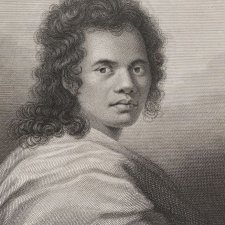
Omai (Mai) (c. 1750-1778), the first Polynesian to visit Britain, was a young man of middling social standing who volunteered to sail from Huahine to England with Captain Furneaux on the Adventure (the ship accompanying James Cook's Resolution on Cook's second voyage of discovery (1772-1775).
2 portraits in the collection

Lewis Pingo was an engraver at the Royal Mint. Pingo's father Thomas, an Italian-born medallist and die engraver, was one of the founders of the Royal Academy in 1768.
1 portrait in the collection
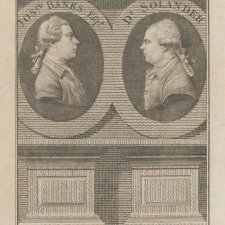
Daniel Solander (1733-1782), naturalist, was a student of Carl Linnaeus, the Swede who devised and systemised the classification of plants and animals used today.
3 portraits in the collection